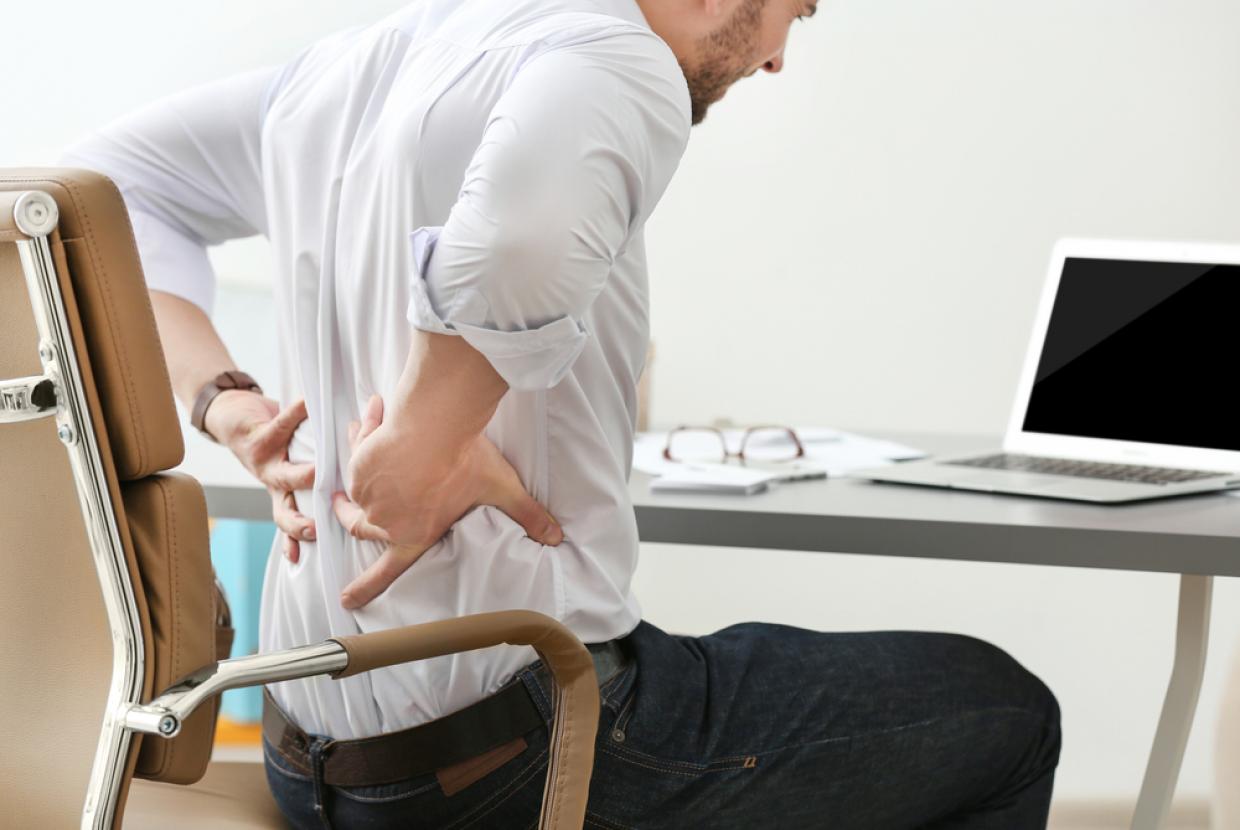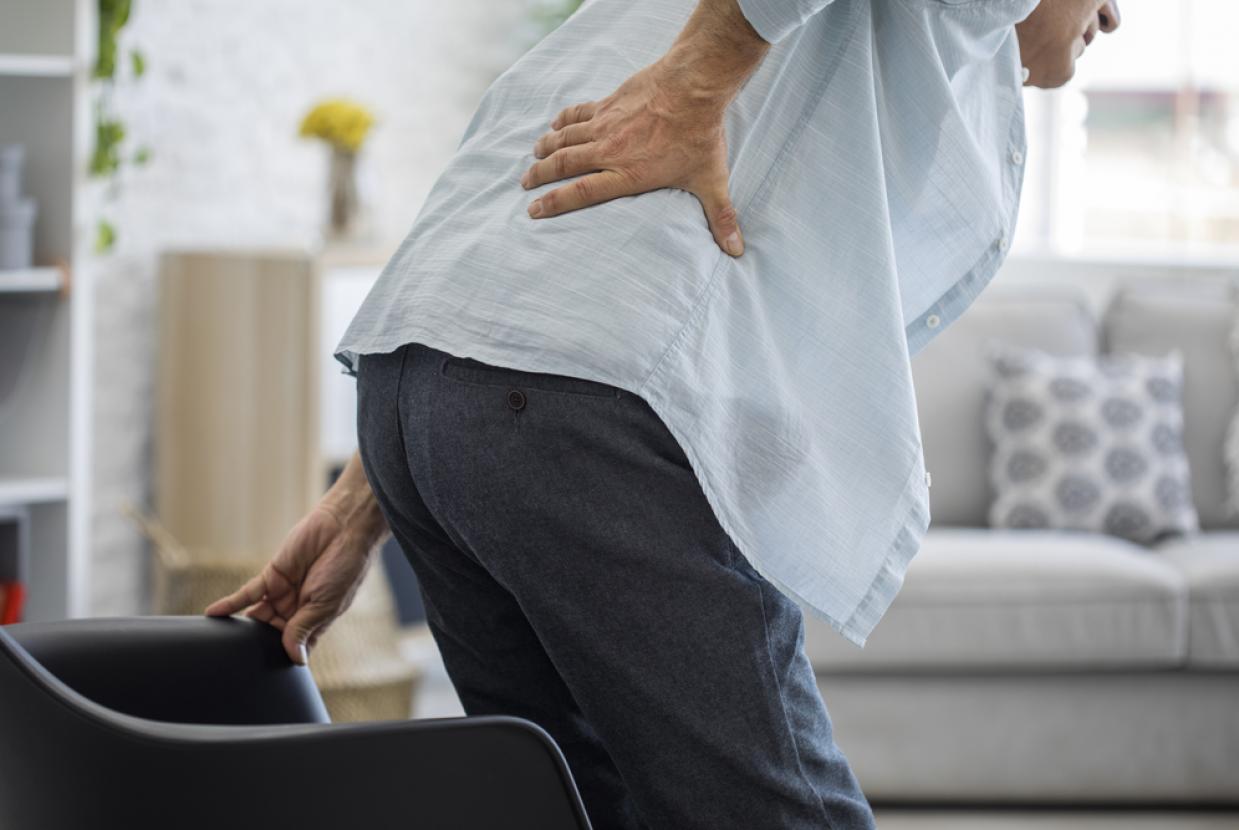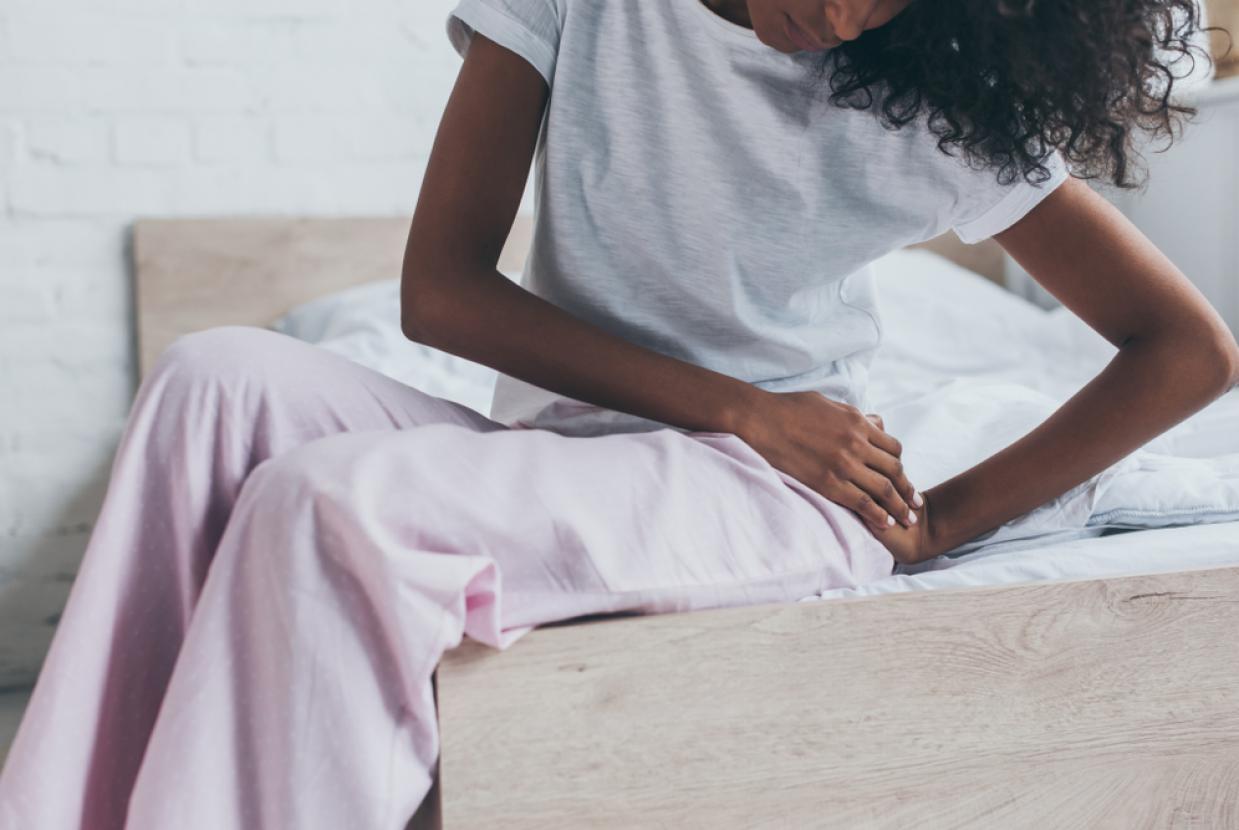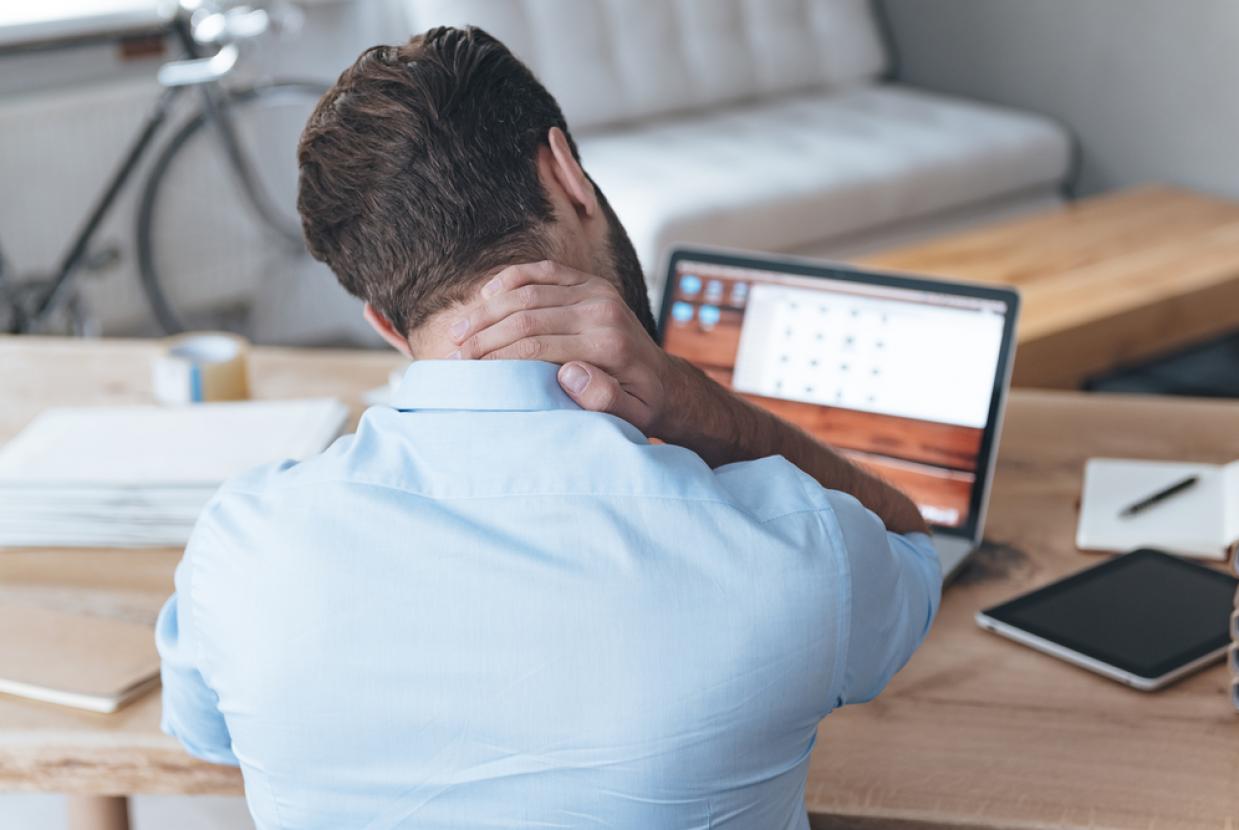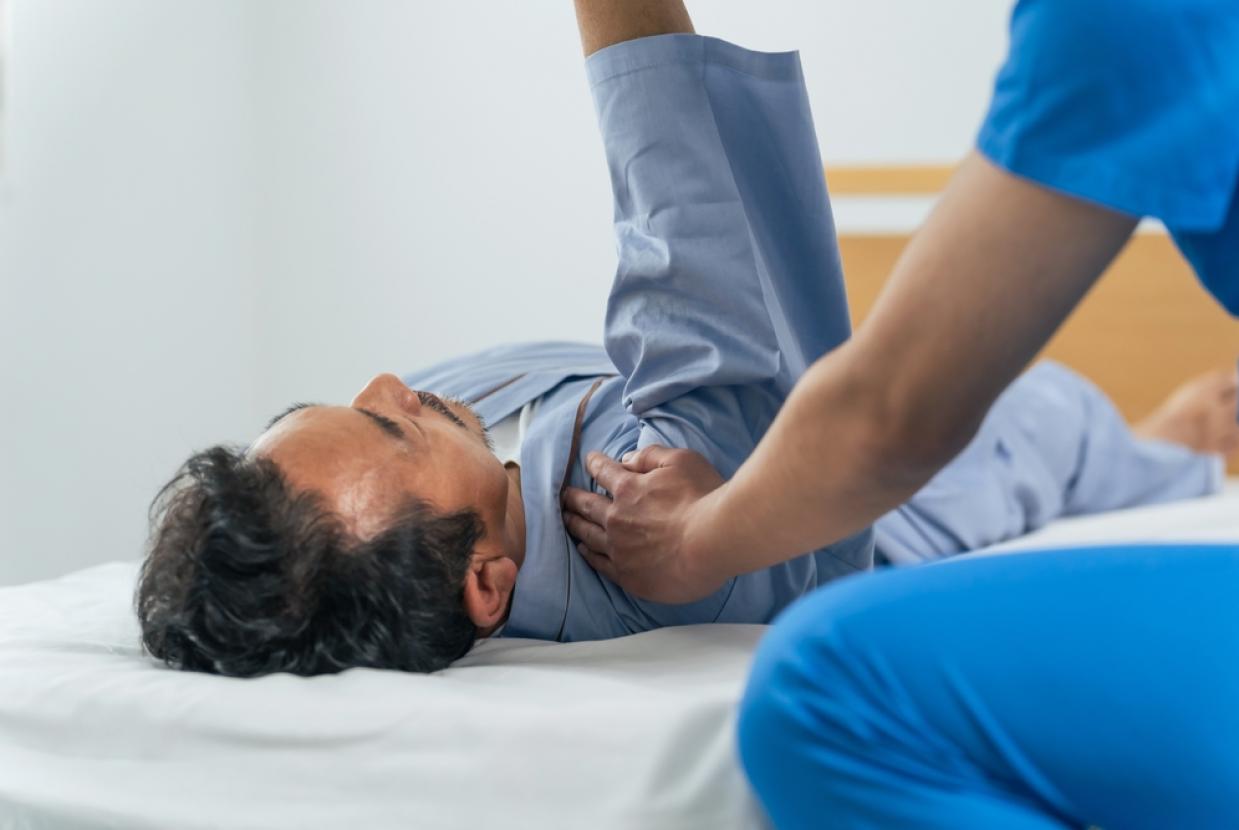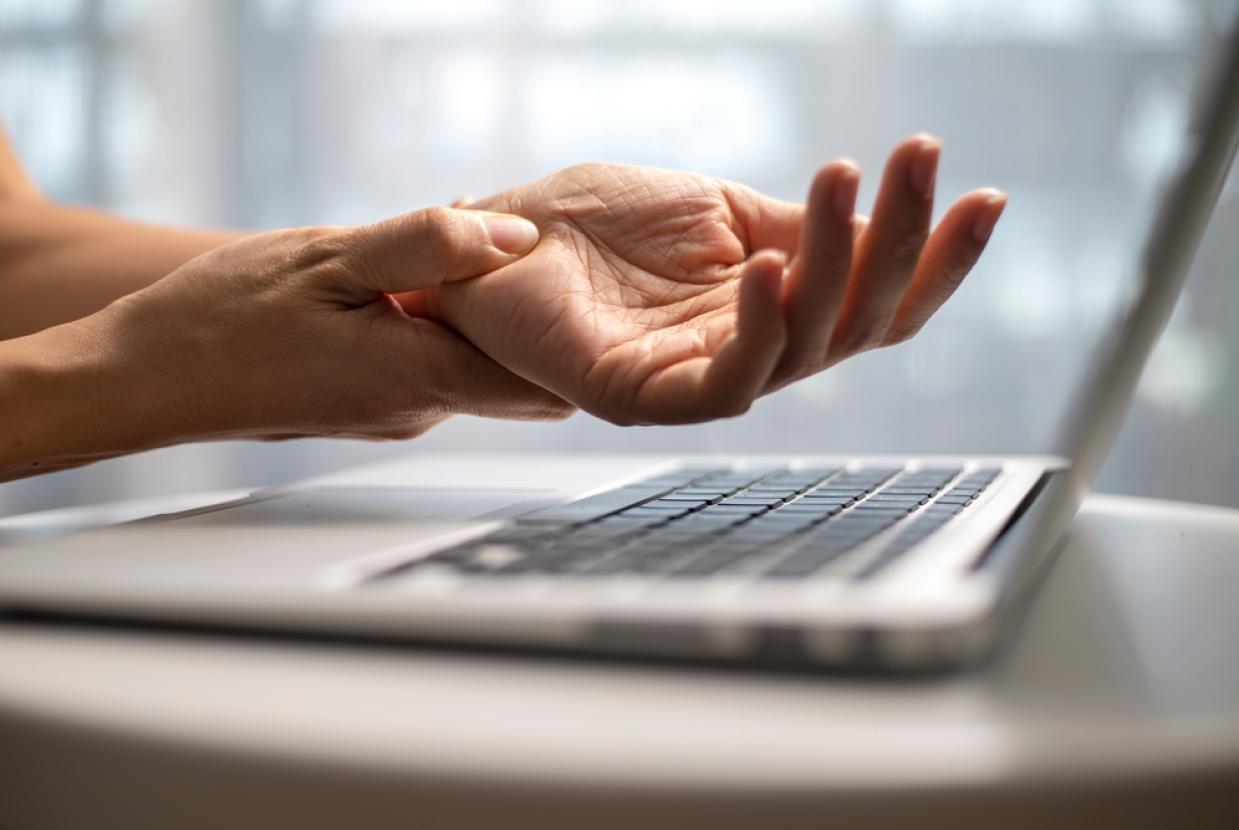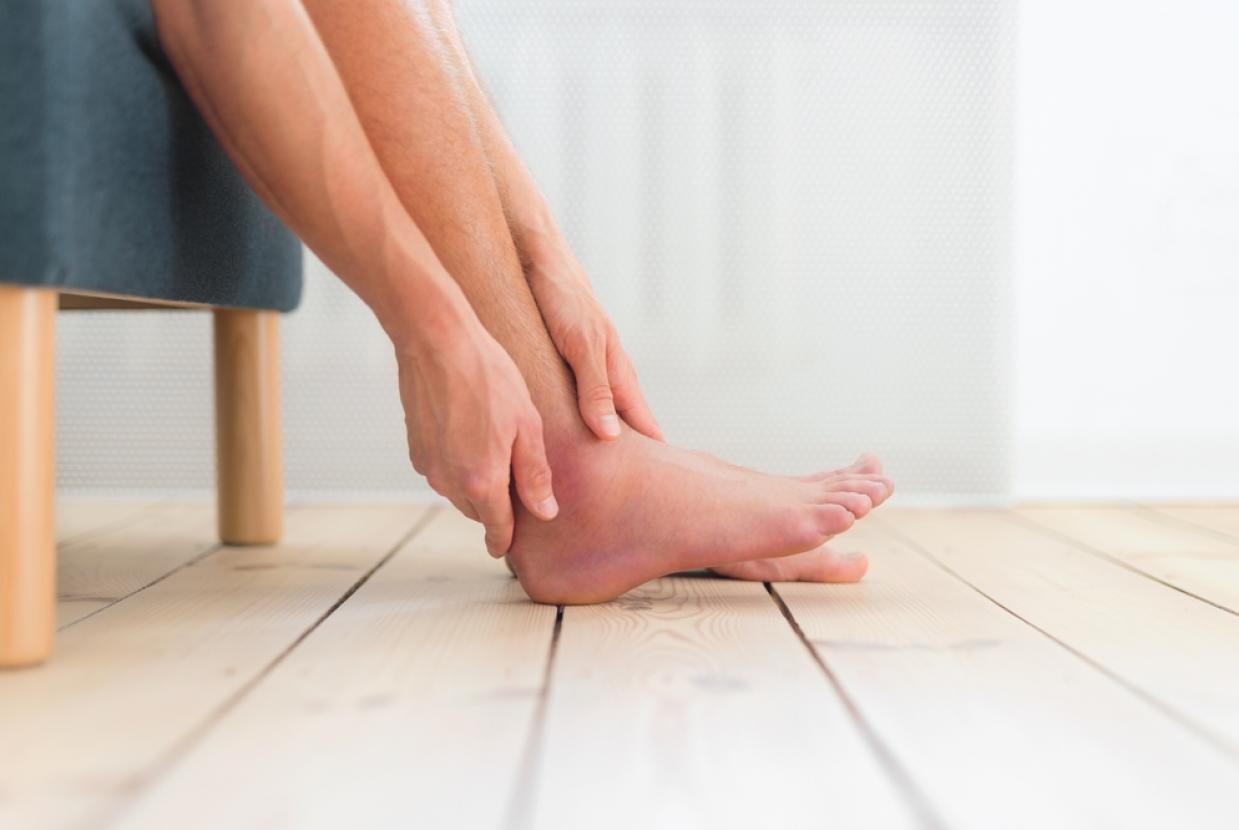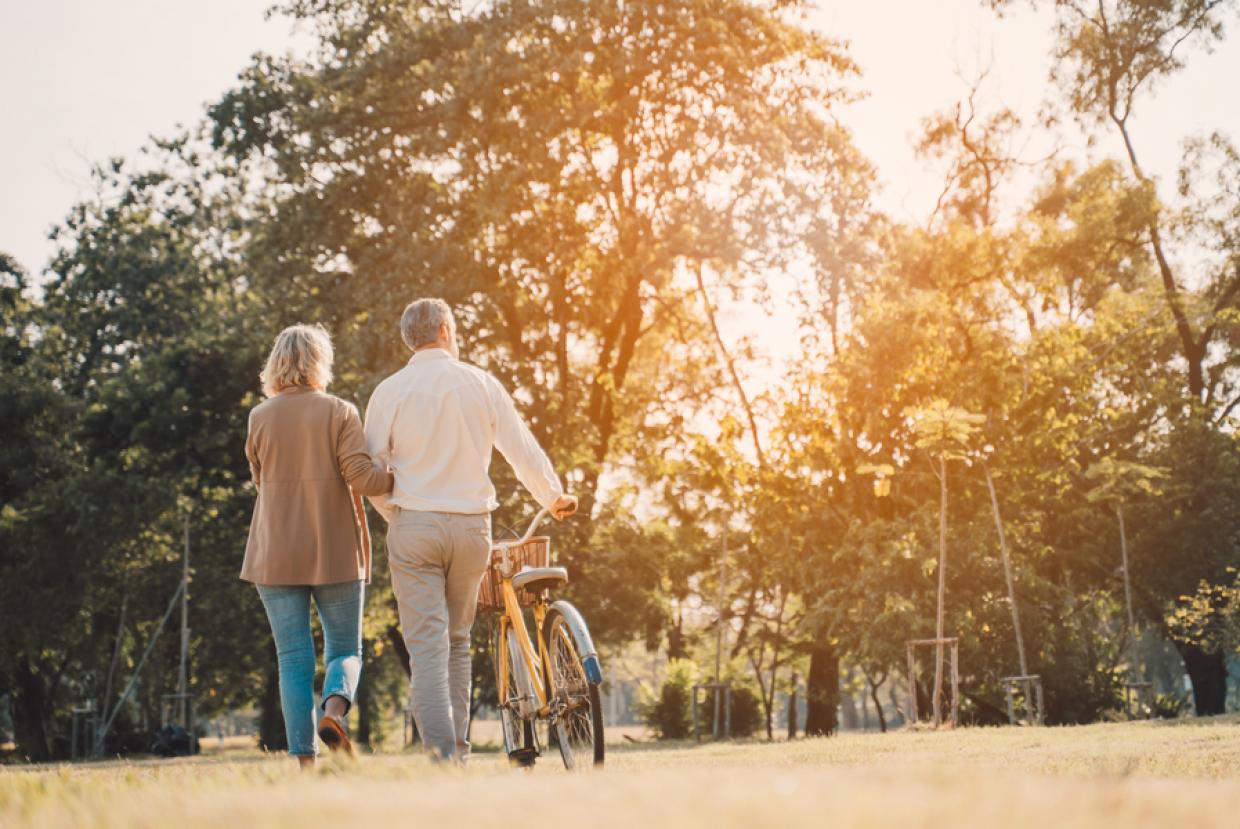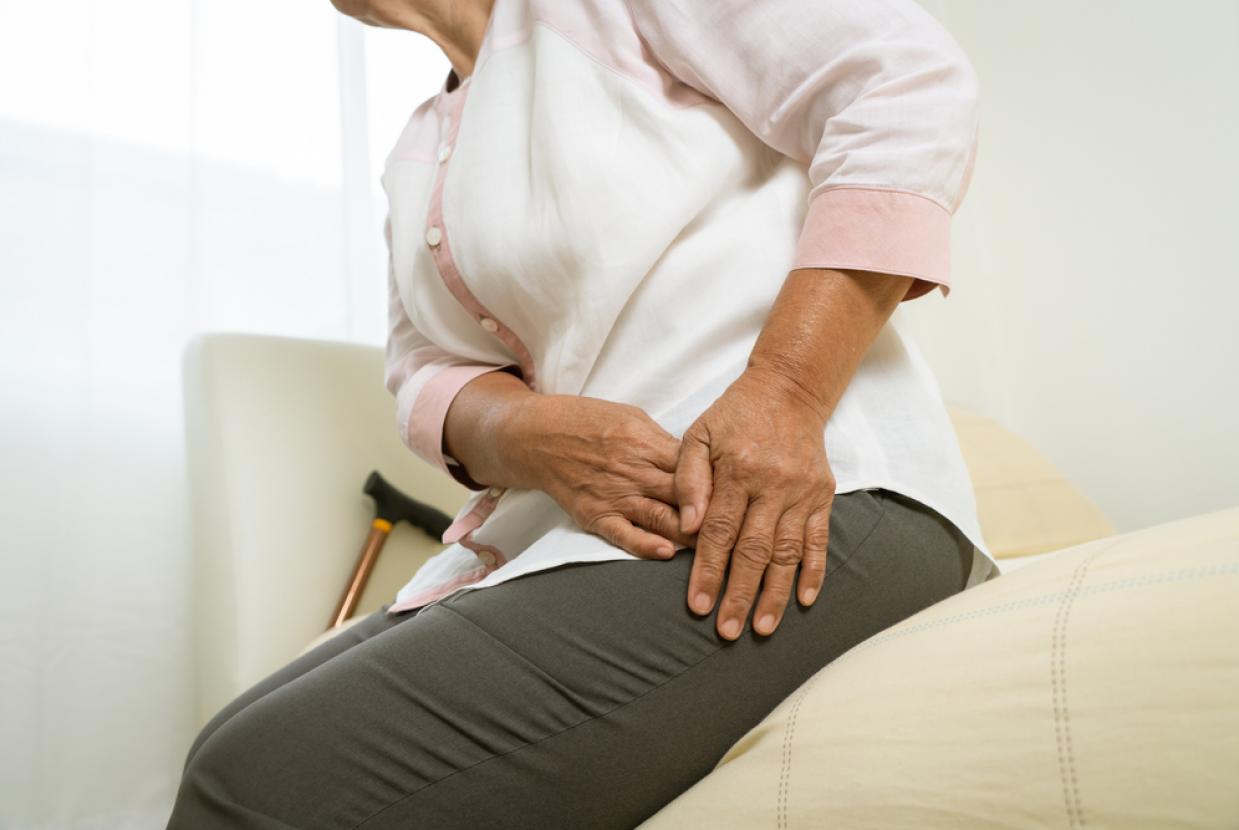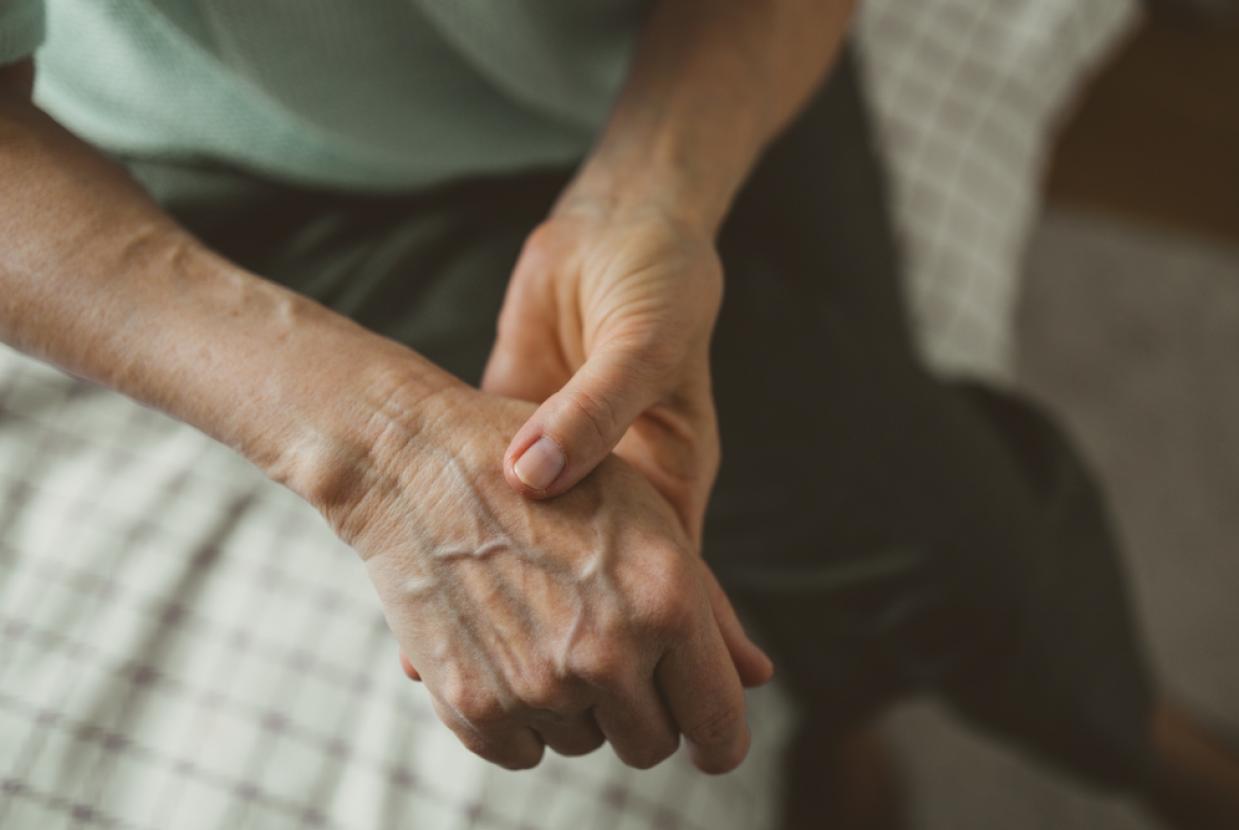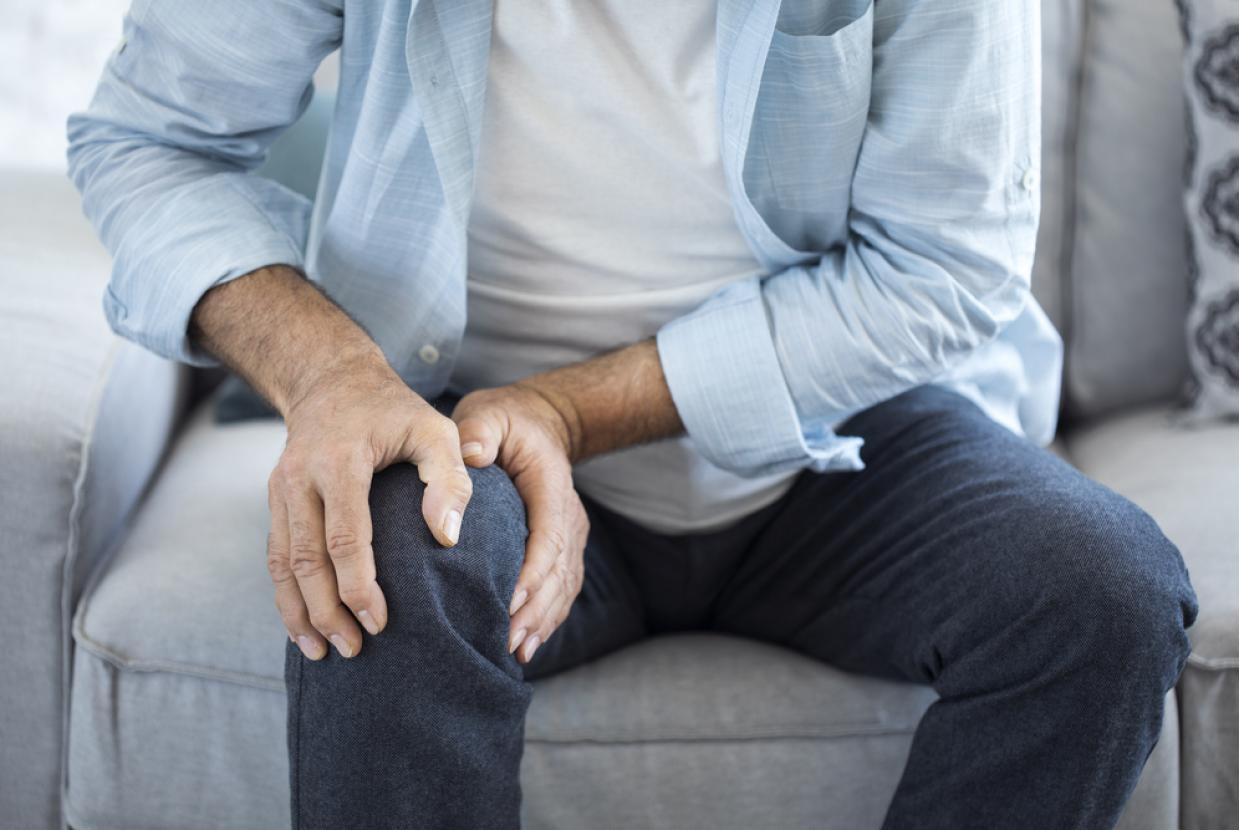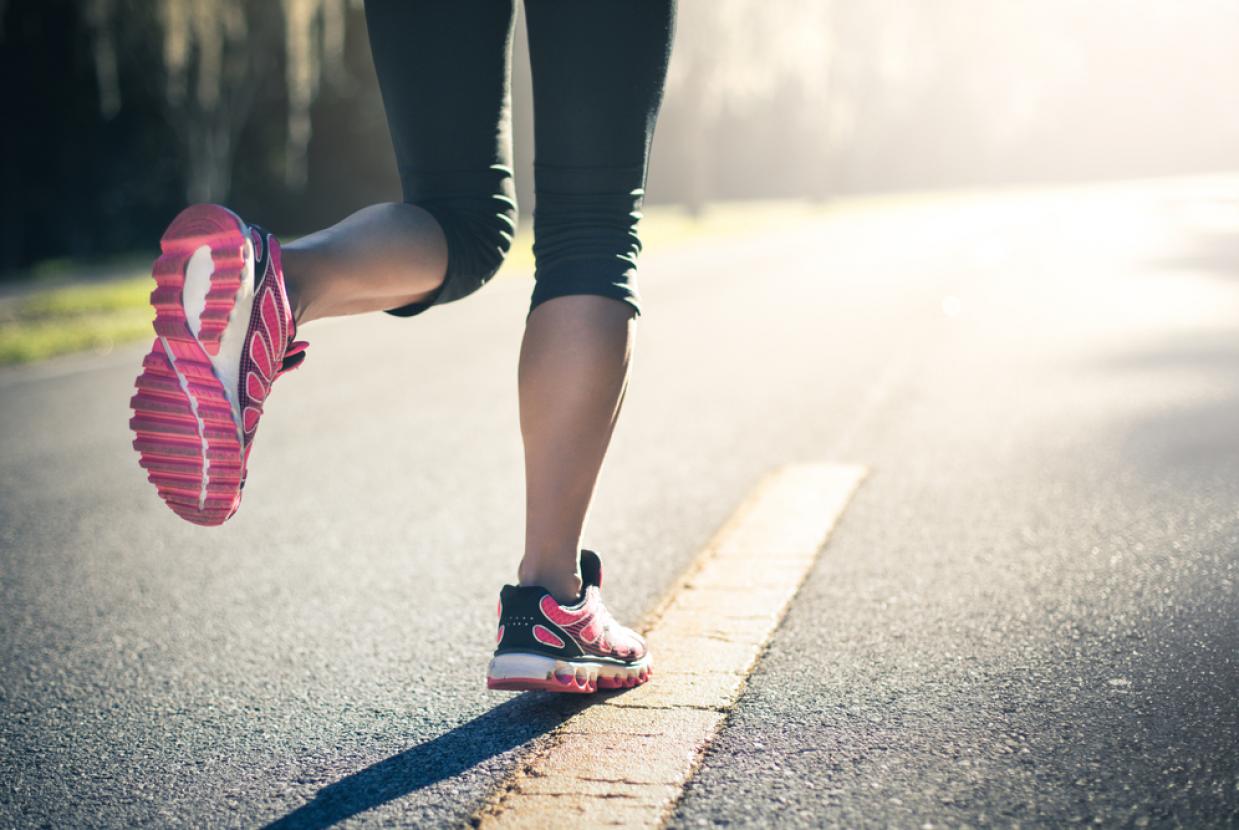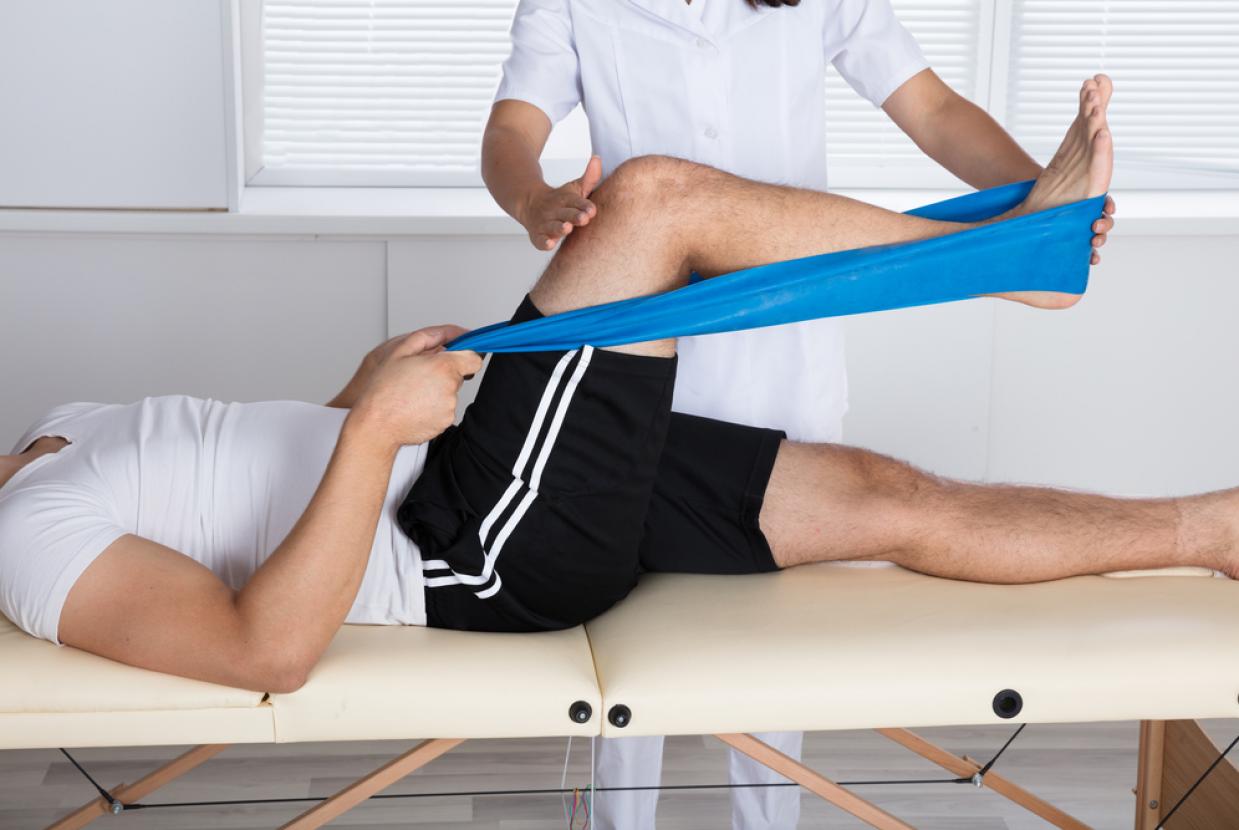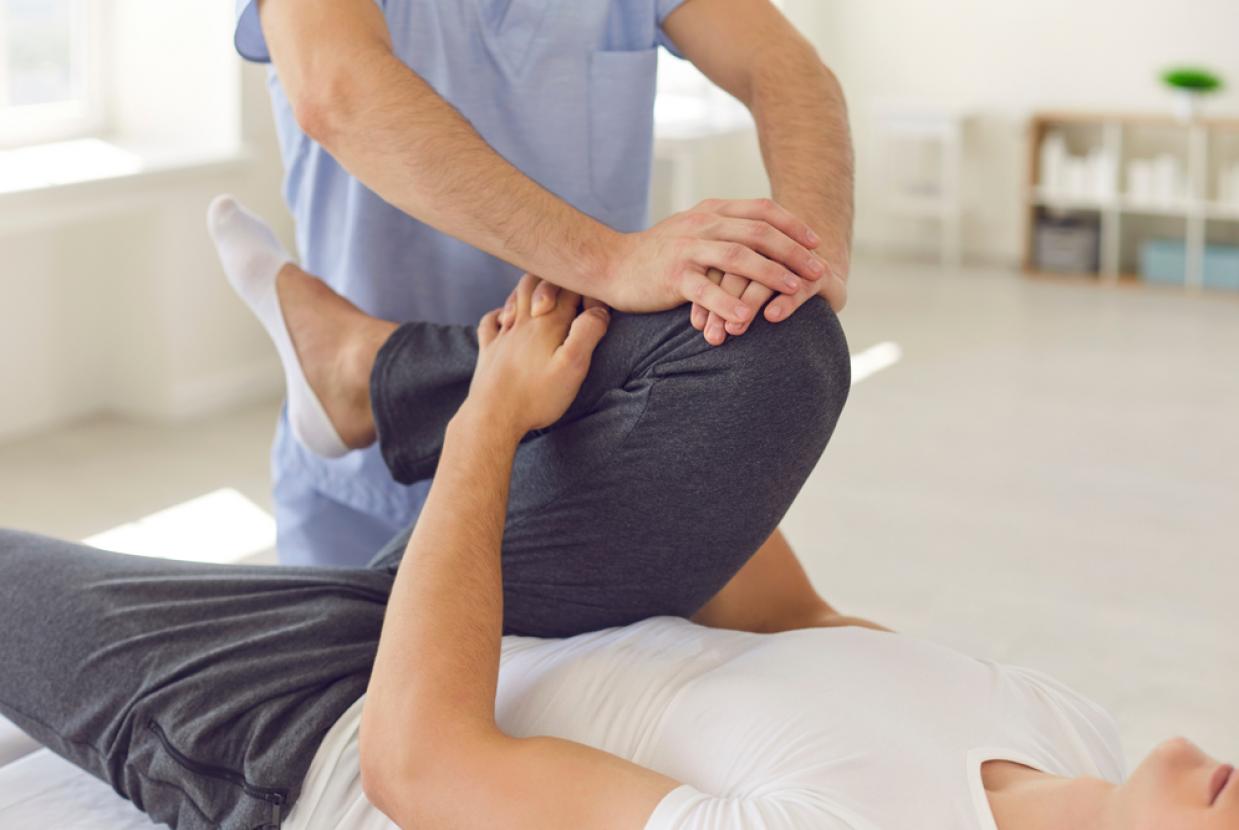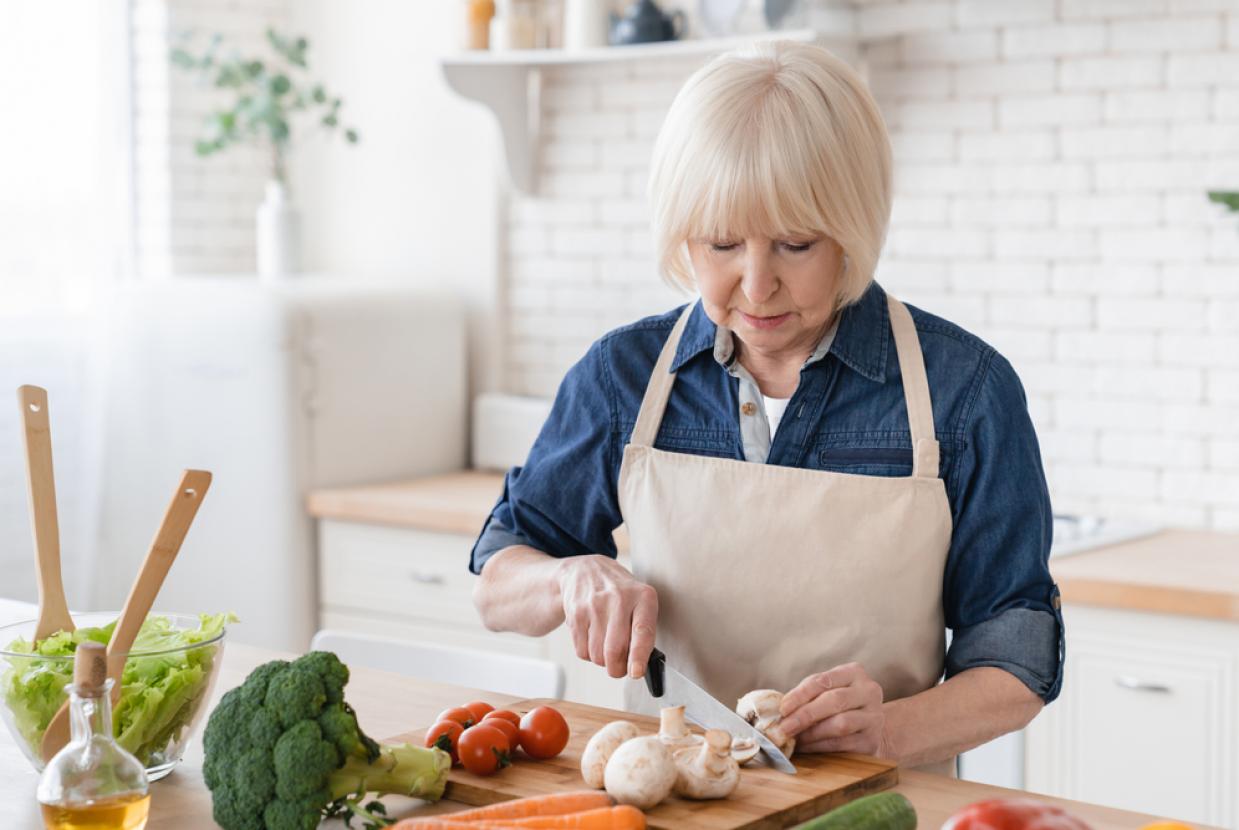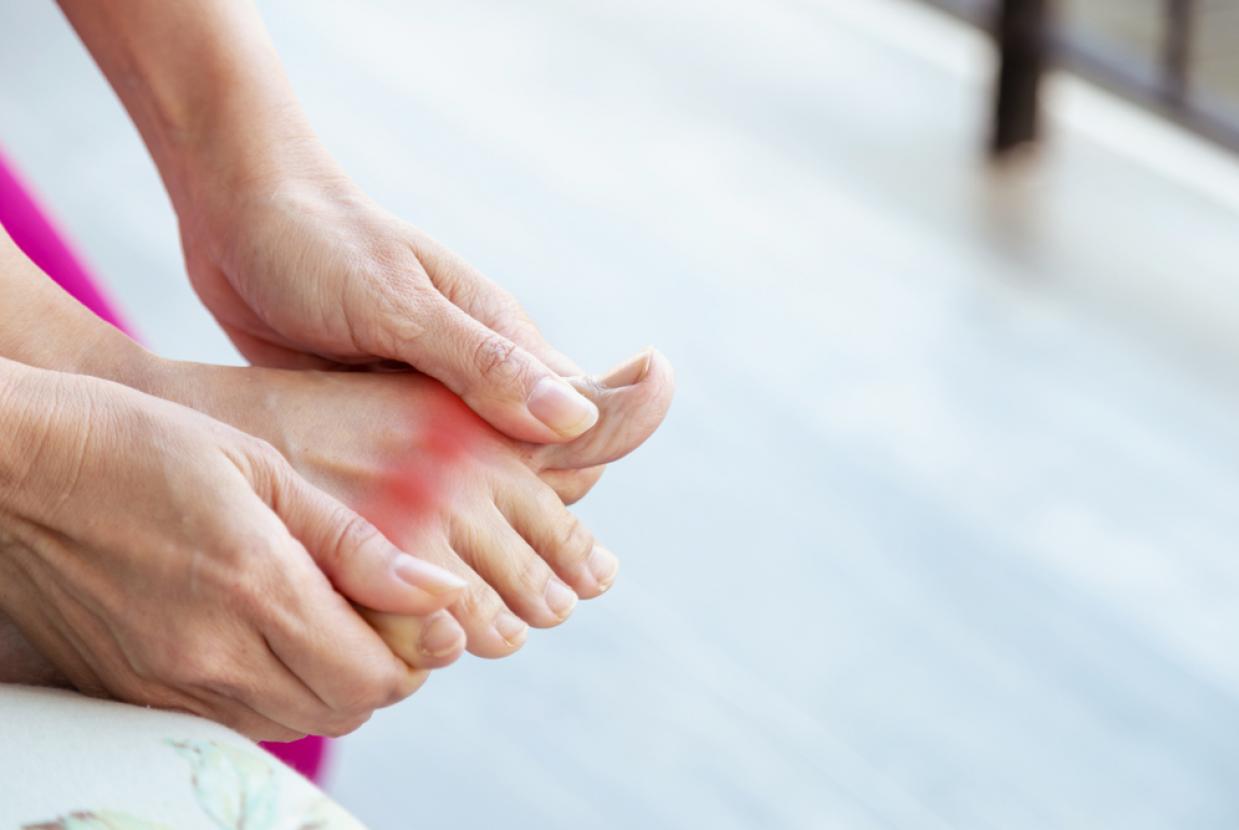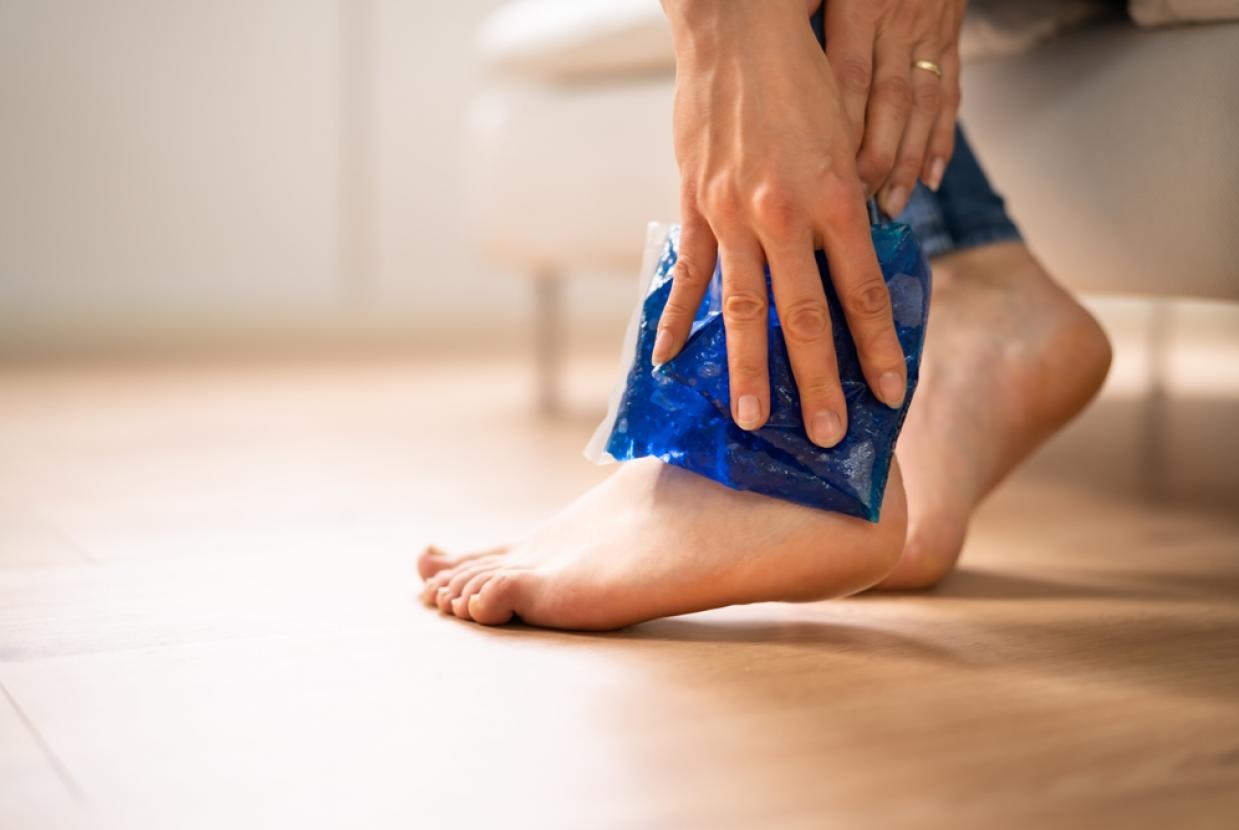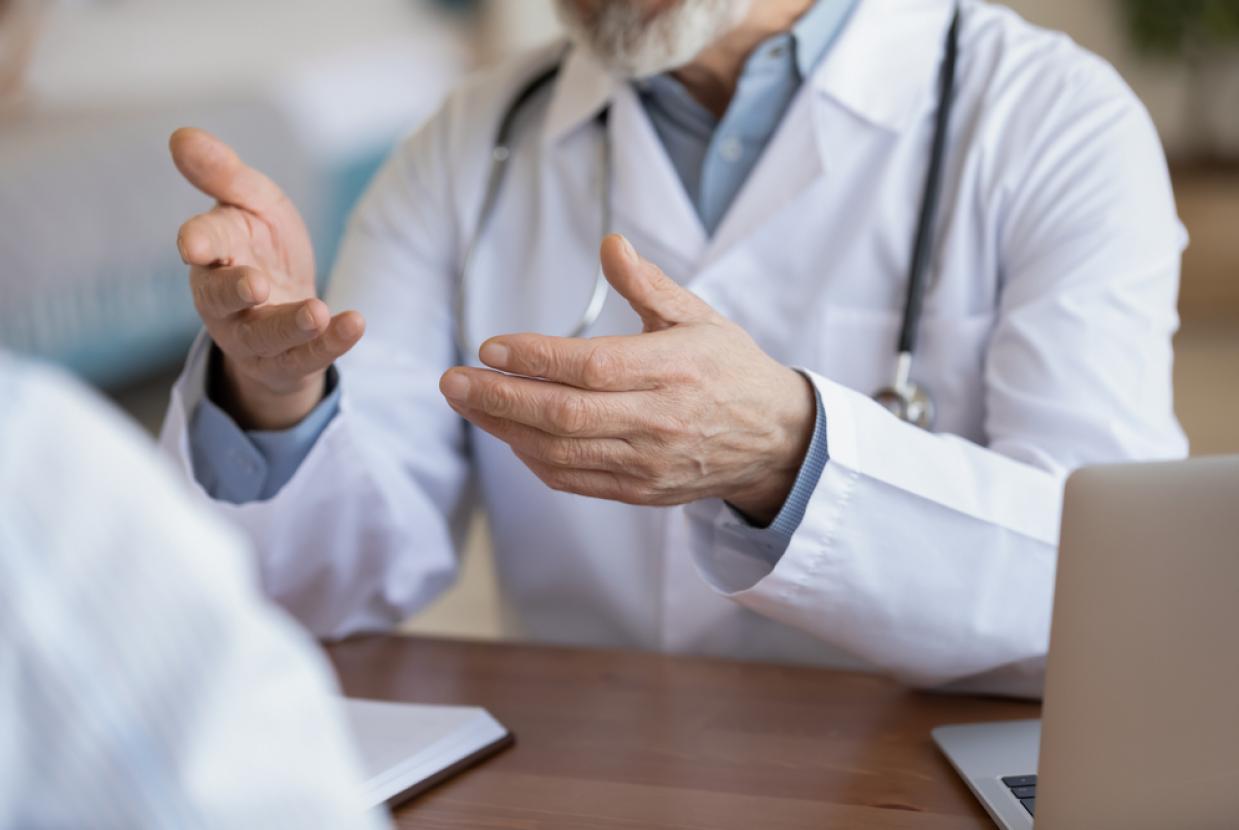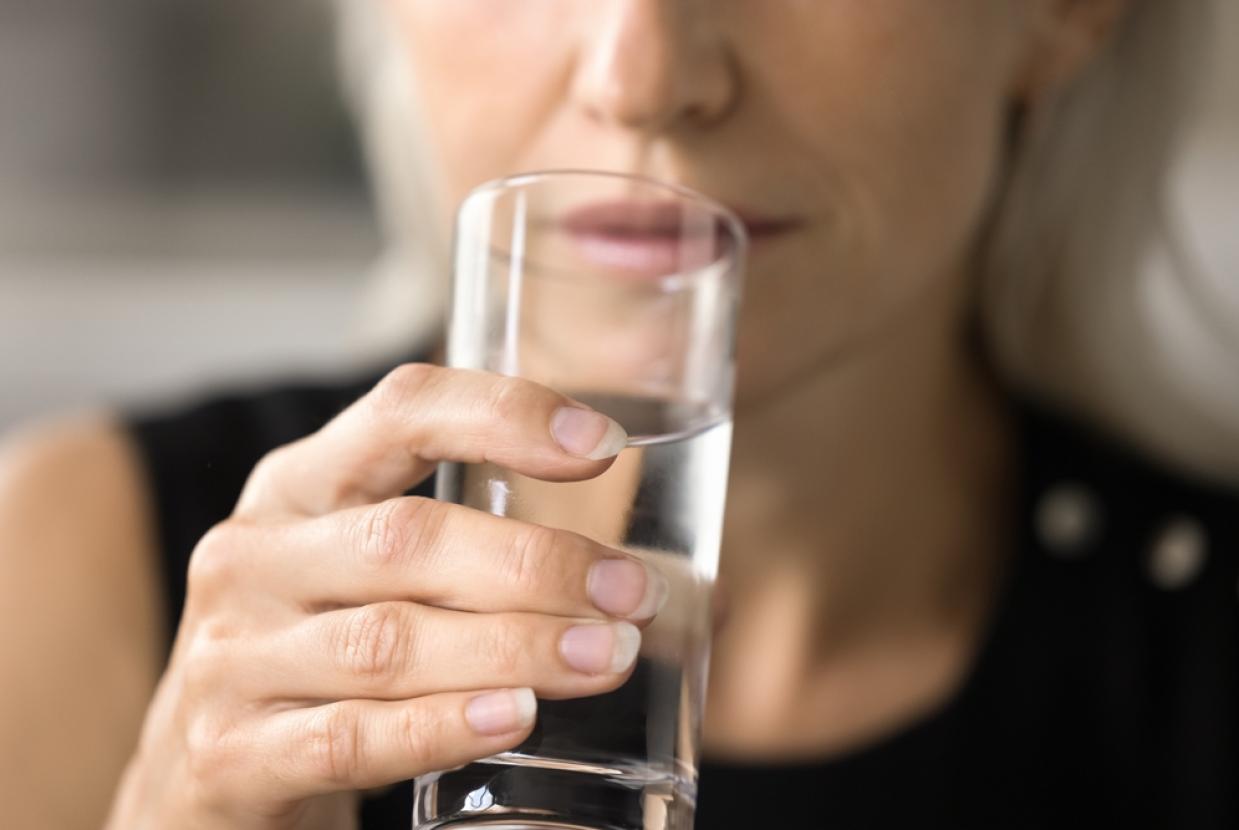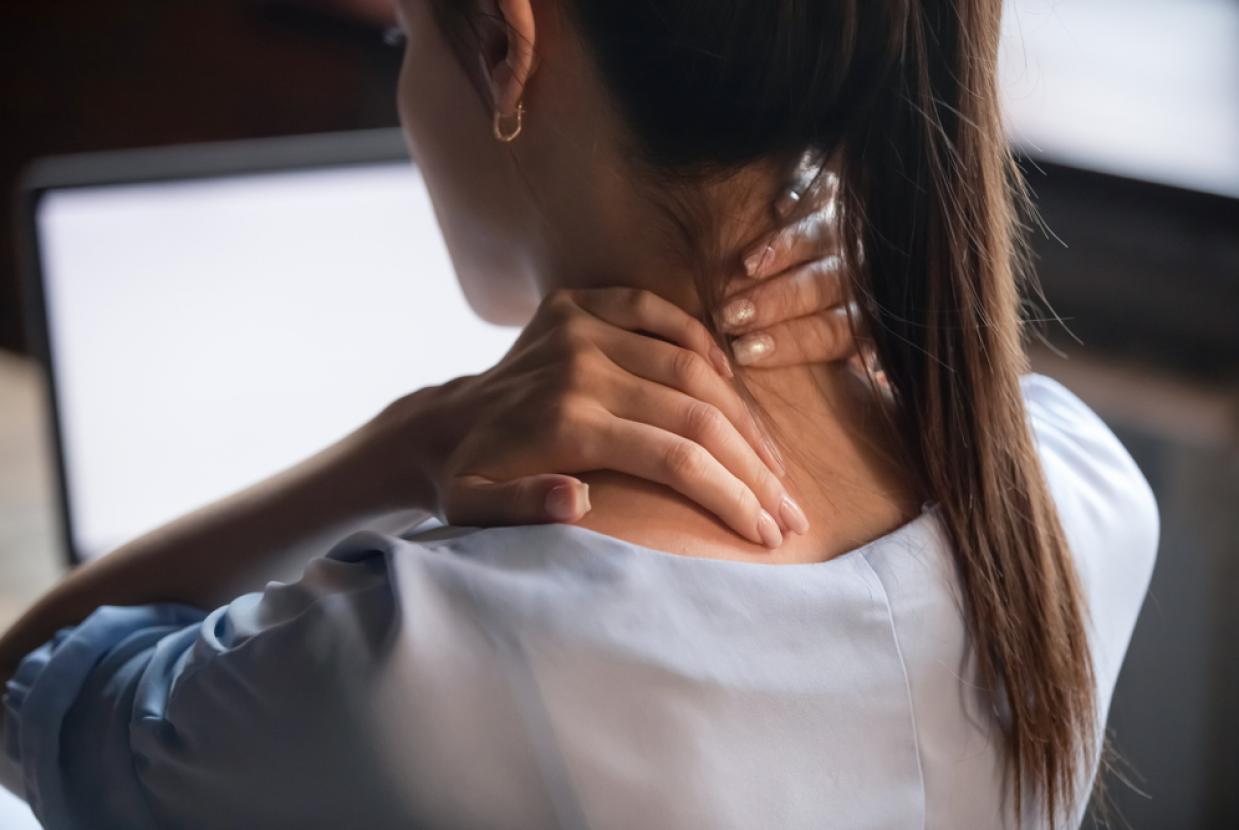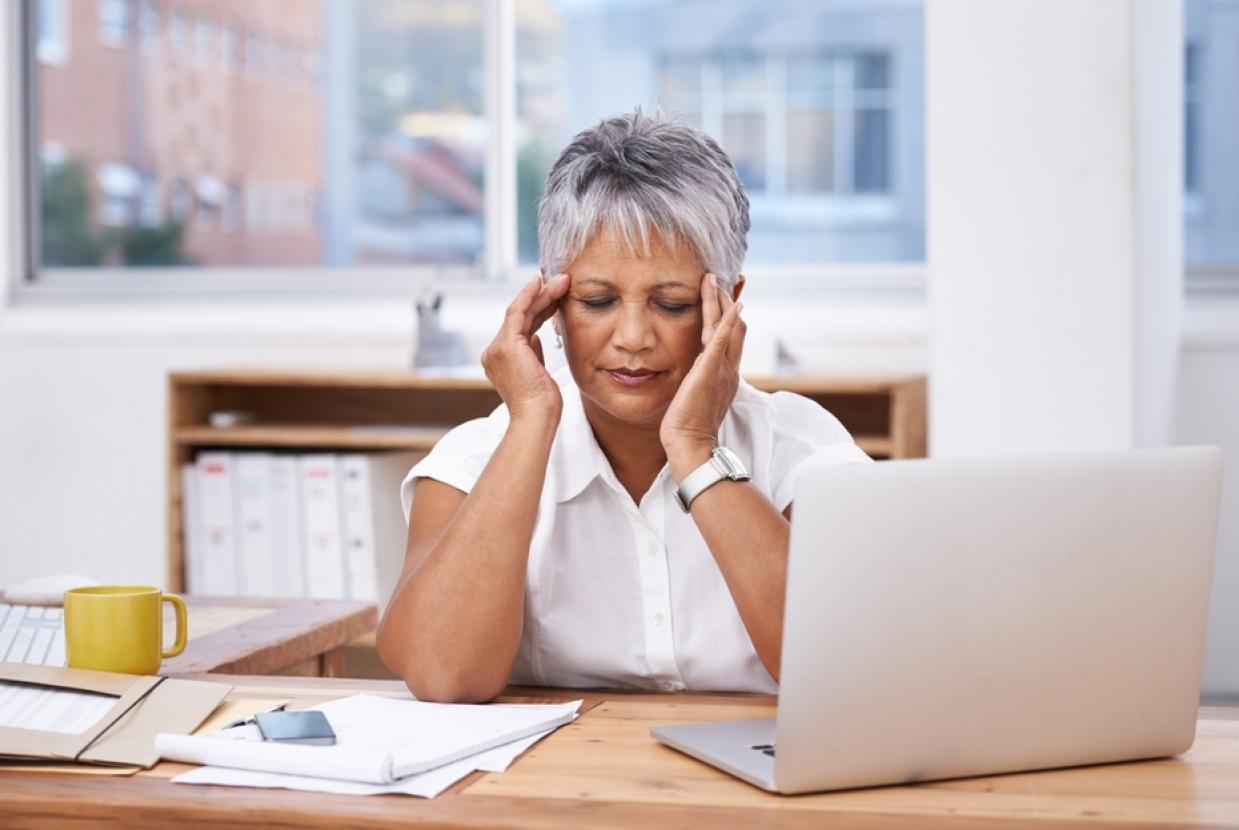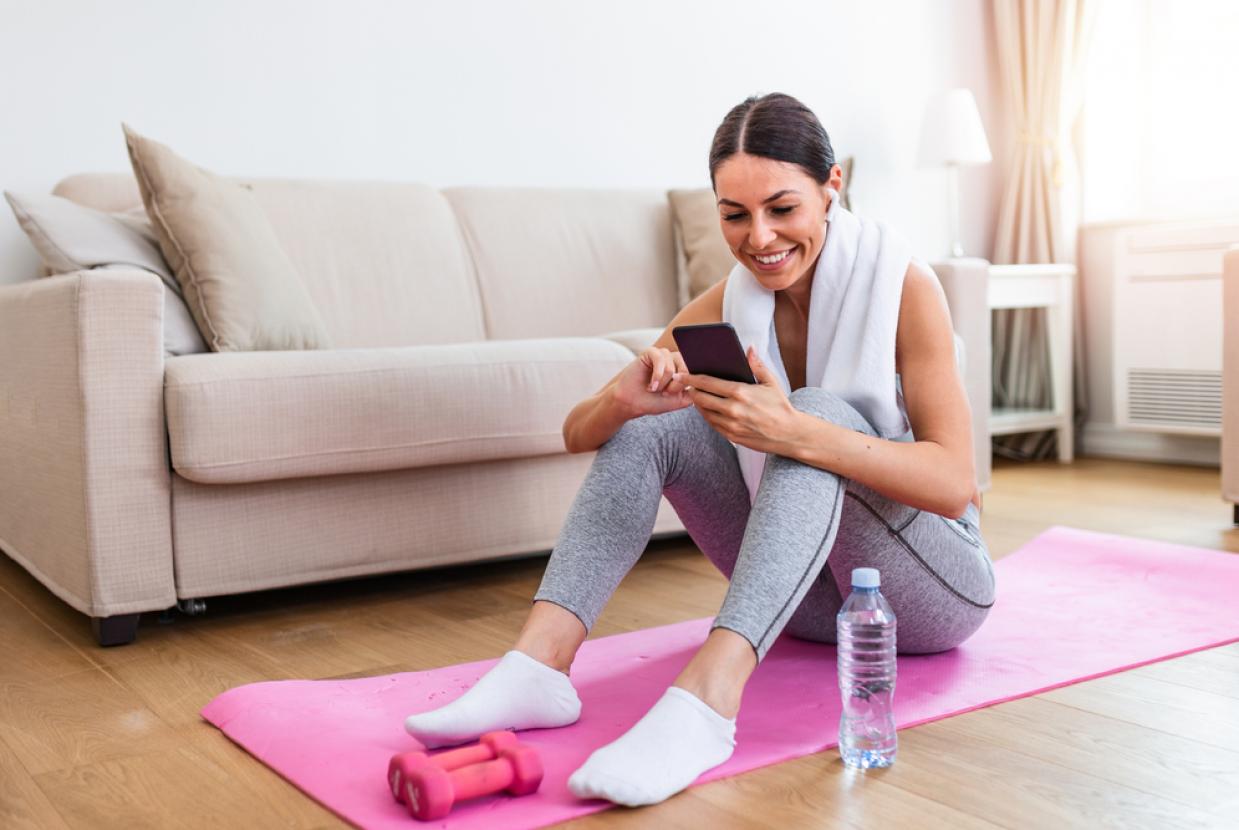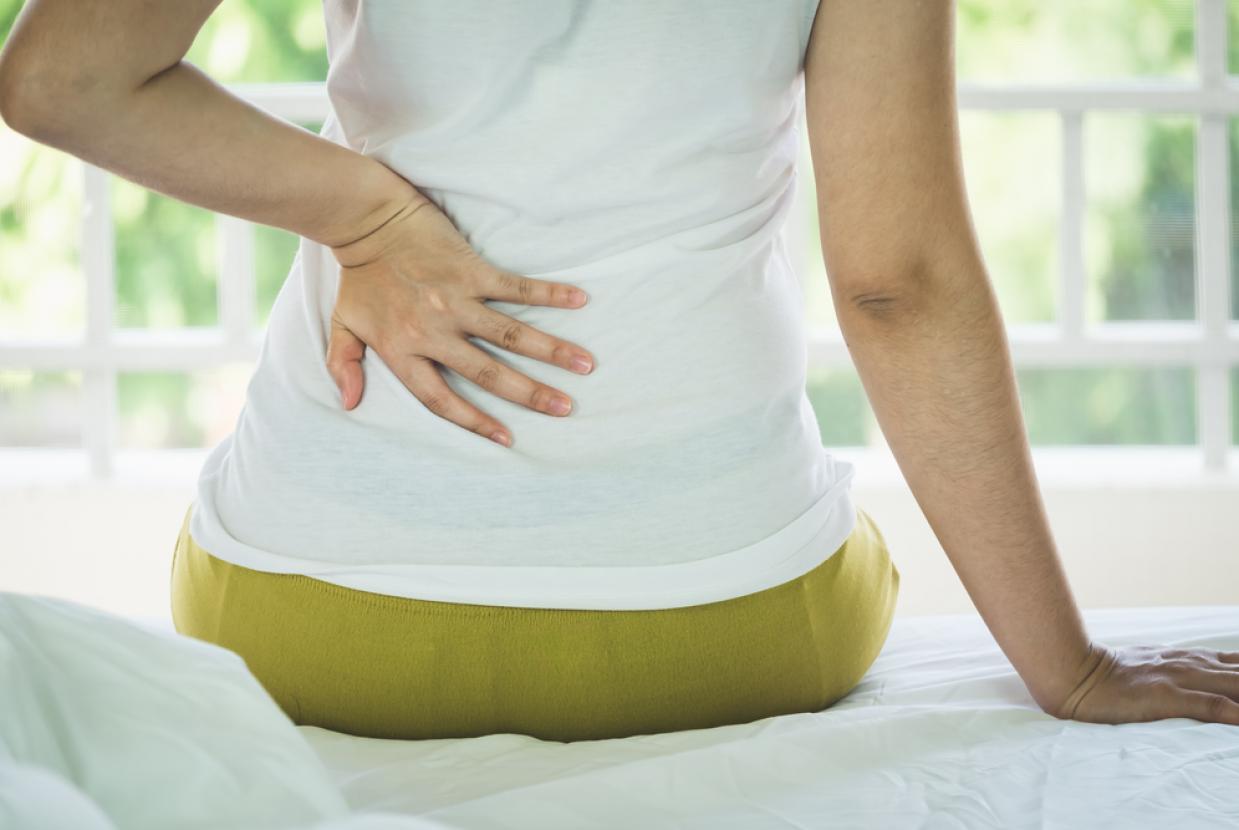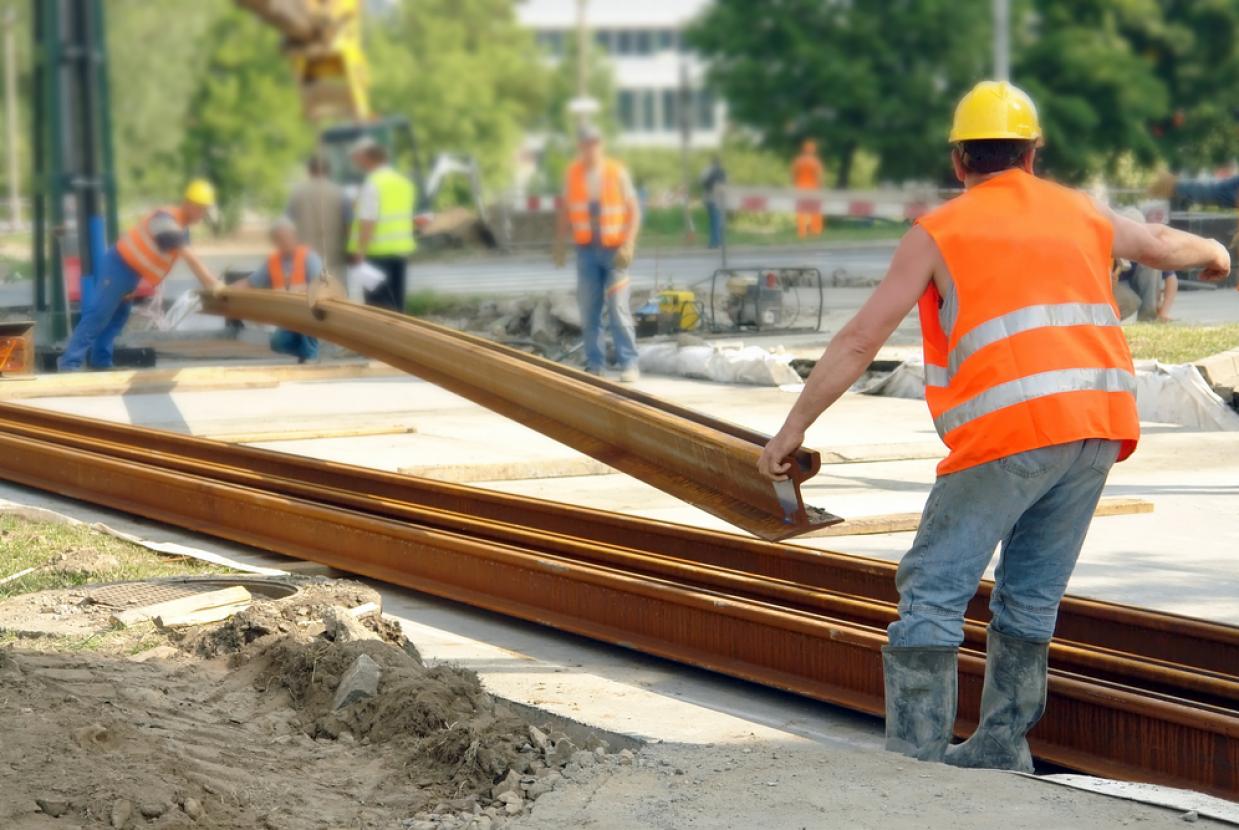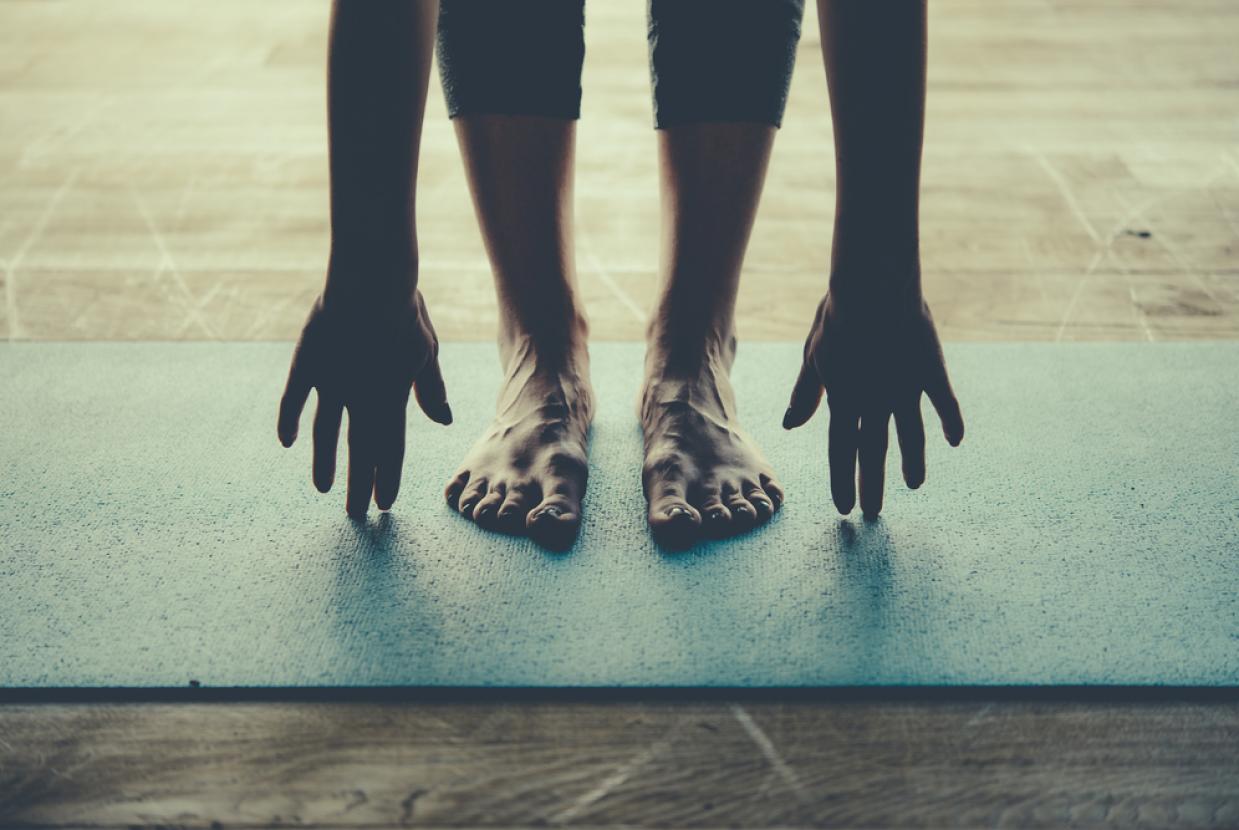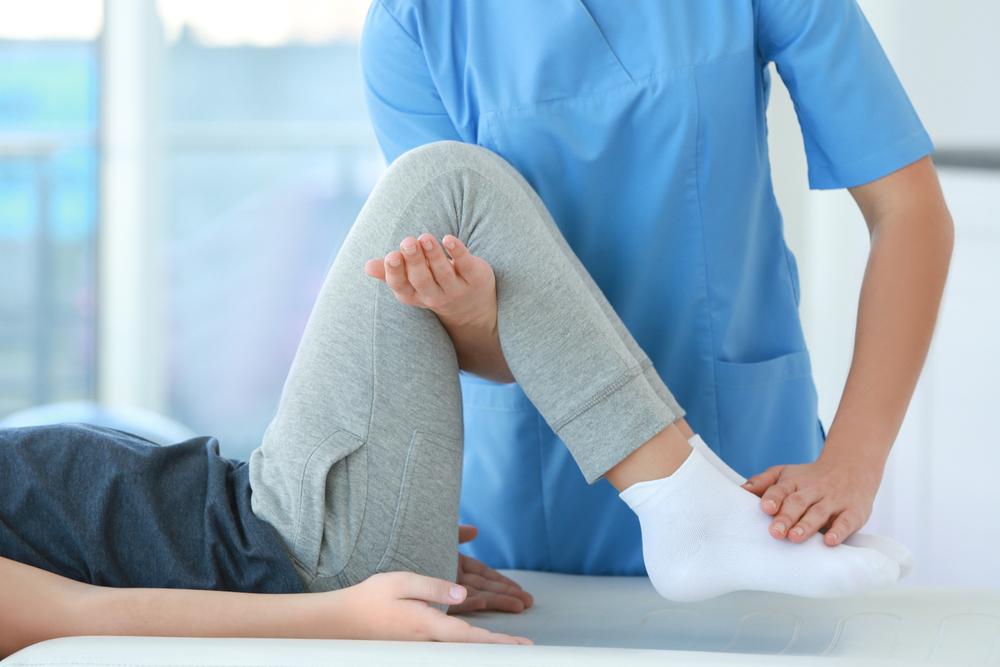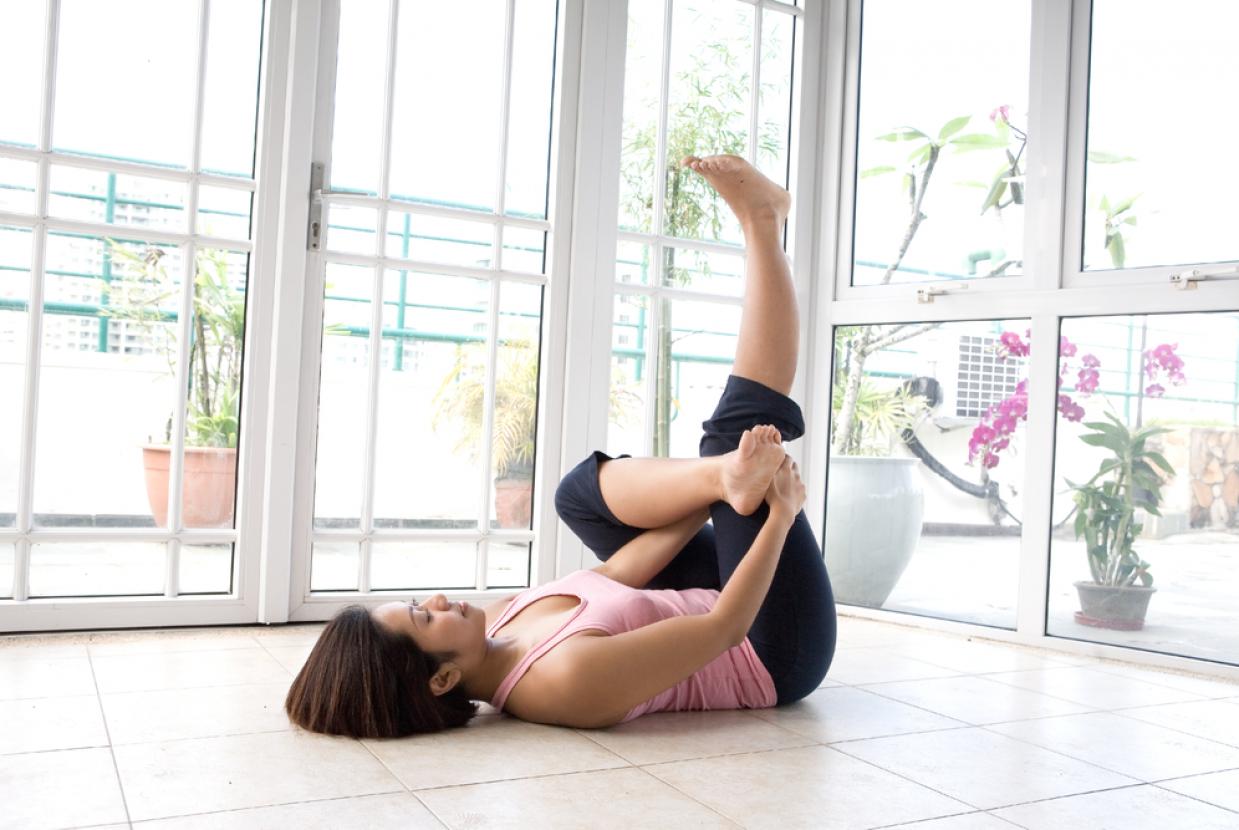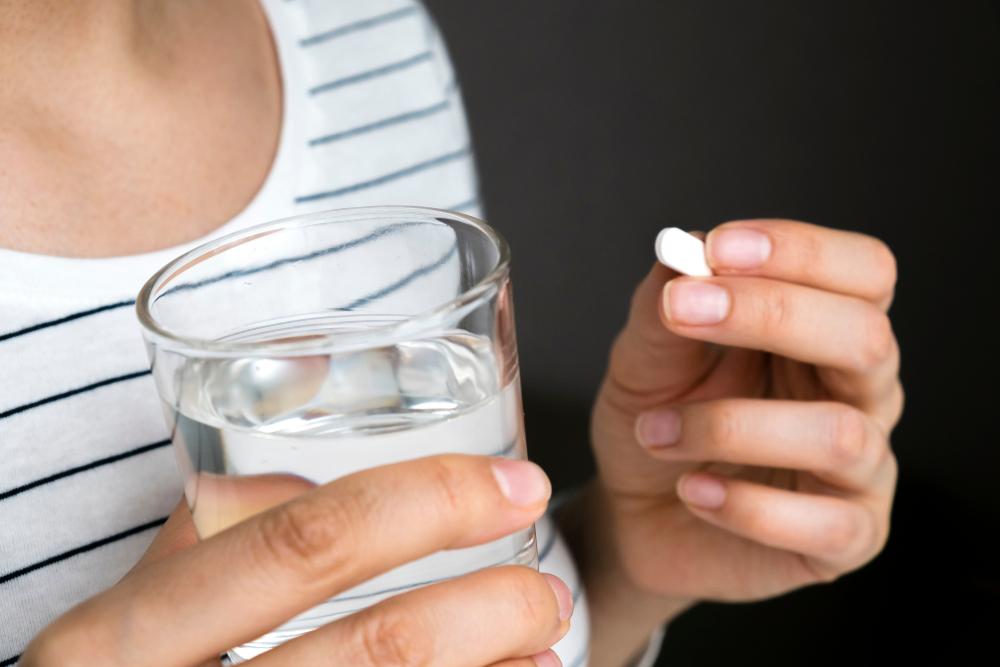Knee Pain
Having sore knees is common and isn’t usually a sign of anything serious. There are many possible causes, which can range from a simple muscle strain or tendonitis, to some kind of arthritis. Sometimes a cause can’t be found.
Knee pain can often be treated at home and you should start to feel better after a few days.
As you age, getting knee pain may become more common. You’re also more at risk of getting knee pain if you are overweight. Knee pain may sometimes be the result of a sports or other injury.
Causes
Knee injuries
Sprains, strains and tears are all types of knee injury. These can be caused by sports injuries, but you don’t have to be sporty to have this type of knee pain.
Tendonitis
Sore or painful knees can be a sign of tendonitis. This is when a tendon swells up and becomes painful - for example, after an injury. Visit the NHS website for more information on tendonitis.
Osgood-Schlatter's disease
This is a condition that can affect children and young people. In Osgood-Schlatter’s disease, the bony lump below your knee cap becomes painful and swollen during and after exercise.
Patellofemoral pain syndrome
This is a common knee problem, that particularly affects children and young adults. People with patellofemoral pain syndrome usually have pain behind or around the kneecap.
Pain is usually felt when going up stairs, running, squatting, cycling, or sitting with flexed knees. Exercise therapy is often prescribed for this condition.
Could my knee pain be arthritis?
Knee pain can develop gradually over time, might come on suddenly, or might repeatedly come and go. Whatever pattern the pain has, it is most often not due to arthritis, but might be in some people.
Osteoarthritis is the most common type of arthritis. It can affect anyone at any age, but it is most common in people over 50. If you have osteoarthritis of the knee, you might feel that your knee is painful and stiff at times. It might affect one knee or both.
The pain might feel worse at the end of the day, or when you move your knee, and it might improve when you rest. You might have some stiffness in the morning, but this won’t usually last more than half an hour.
Pain from osteoarthritis might be felt all around your knee, or just in a certain place, such as the front or side. It might feel worse after moving your knee in a particular way, such as going up or down stairs.
When to see a doctor
Knee pain will usually go away without further medical treatment, using only a few self-help measures. If you need help you might first see a physiotherapist or your GP.
See a doctor if:
- you’re in severe pain
- your painful knee is swollen
- it doesn’t get better after a few weeks
- you can't move your knee
- you can’t put any weight on your knee
- your knee locks, clicks painfully or gives way – painless clicking is not unusual and is nothing to worry about.
Treatment
If your pain doesn’t go away, your doctor may suggest treatments to tackle the underlying cause of your knee pain. This may involve trying to make your hip muscles stronger, or help with foot problems, each of which can affect knee pain.
A doctor will suggest treatment based on the condition that’s causing your pain.
Stronger painkillers
If your pain is severe, you may be prescribed stronger painkillers such as codeine. Because this has more side effects than standard painkillers, it may only be prescribed for a short time and your doctor will probably suggest other treatments to tackle the causes of your pain.
These might include physiotherapy, talking therapies and pain management programmes, surgery or injections.
Physiotherapy
Physiotherapy may help your knee pain, depending on what has caused it and what part of your knee hurts. A physiotherapist can give advice tailored to your individual situation.
Treatments your physiotherapist may suggest include:
- a programme of exercises tailored to your particular needs – depending on what’s causing your knee pain, this may need to last for a while
- taping of the kneecap – this involves applying adhesive tape over the kneecap to change the way your kneecap sits or moves
- knee braces – you can buy these from sports shops, chemists and online retailers, but they’re not suitable for everyone or for all knee problems. Speak to your doctor or physiotherapist, if you want to know whether a brace is suitable for you.
Working with knee pain
If you have a job, it’s important to continue working if you can. Speak to your employer about any practical help they can offer. This might include home working, different hours, adjustments to your workplace or something else.
If you do need to take some time off, then getting back to work sooner rather than later can help your recovery. You don’t need to wait until your knee problem has completely gone to do this.
It’s important to keep in contact with your employer and discuss what can be done to help you return to work. If your work involves heavy lifting or other physically demanding tasks, you might need to do lighter duties or fewer hours for a while.
If you have an occupational health advisor through your job, they can help suggest what work you are fit to do and arrange any simple adjustments to your work or workplace to help you stay in work.








